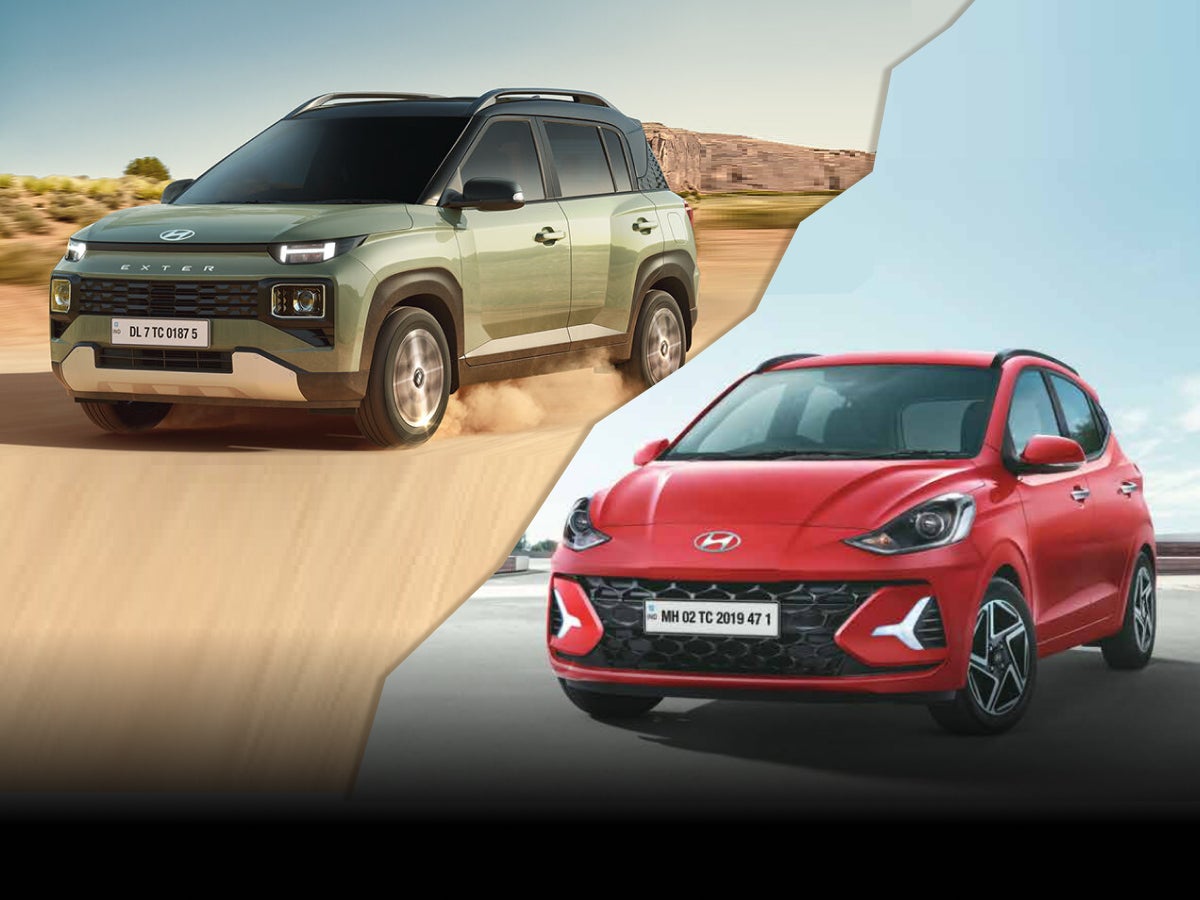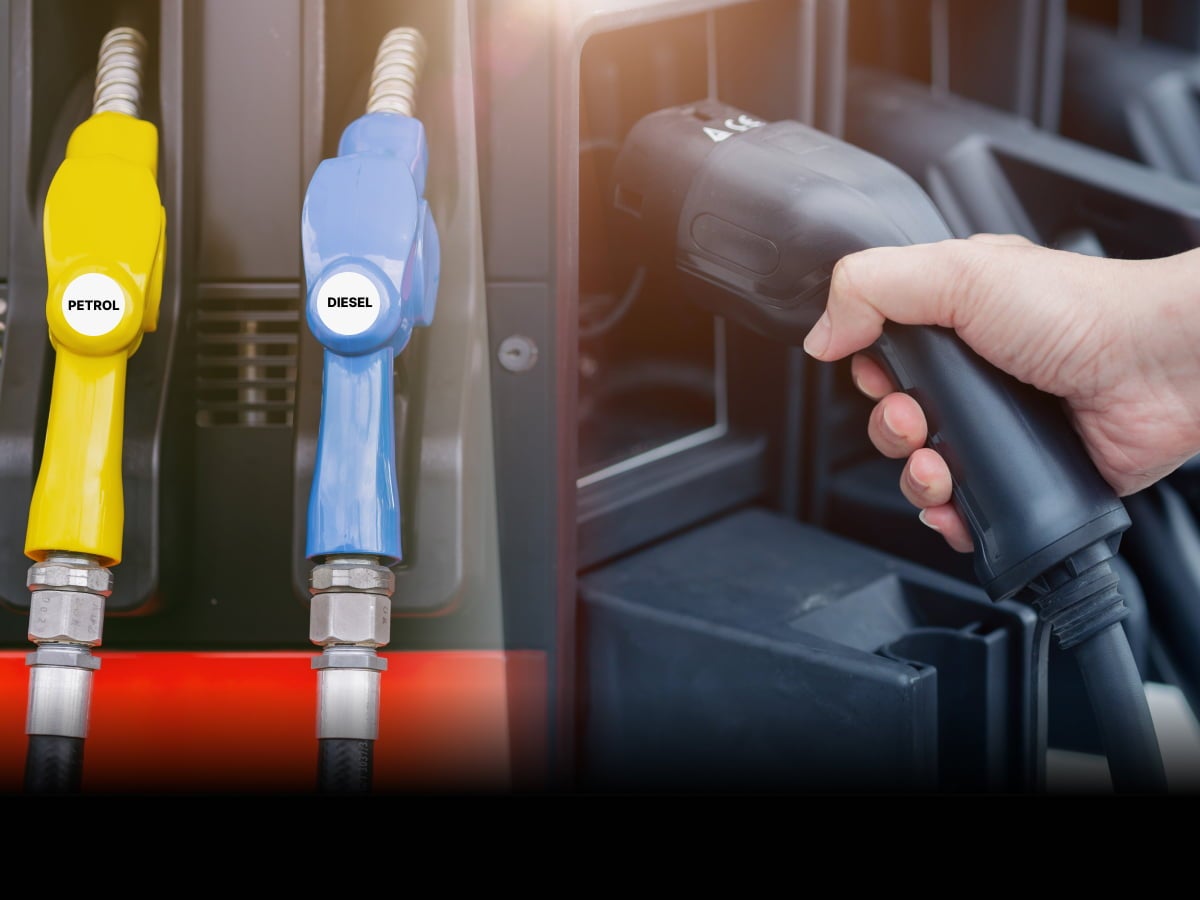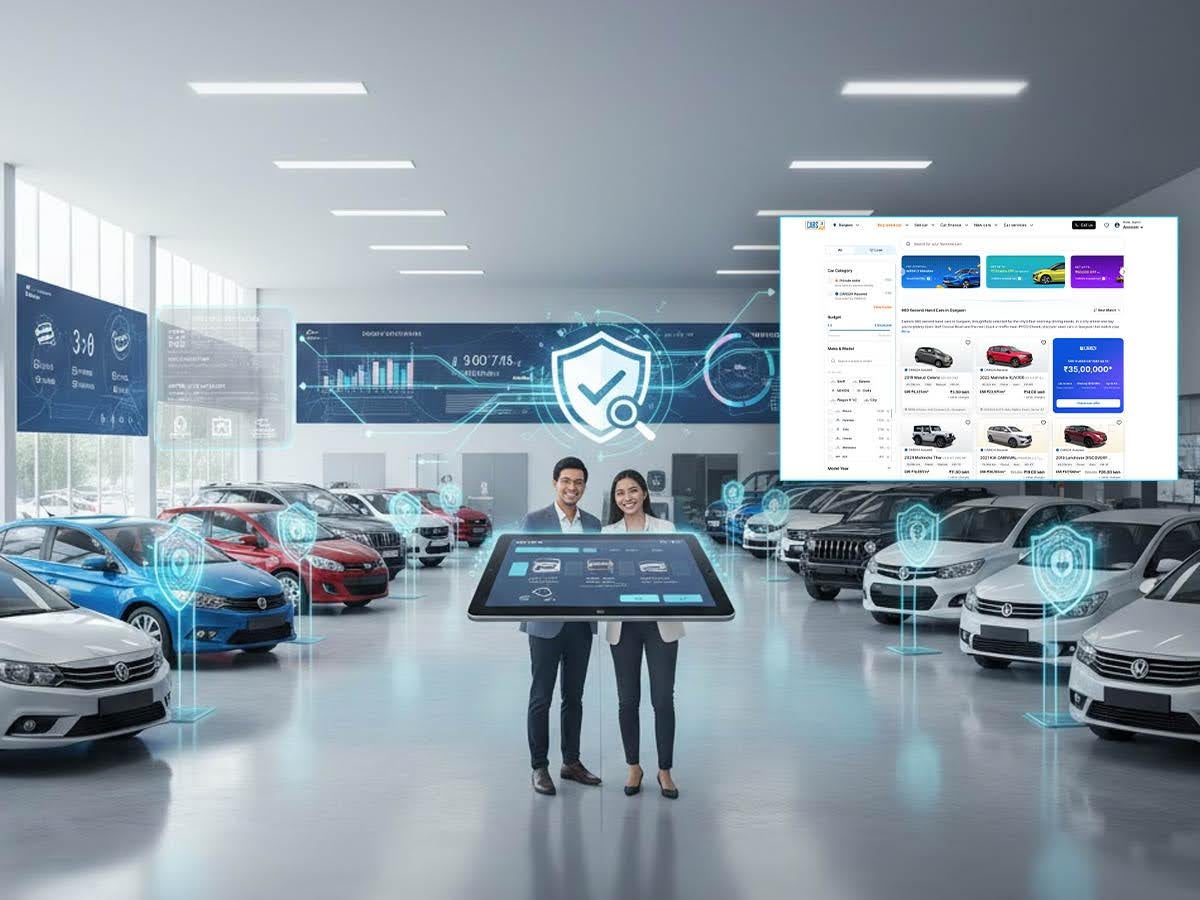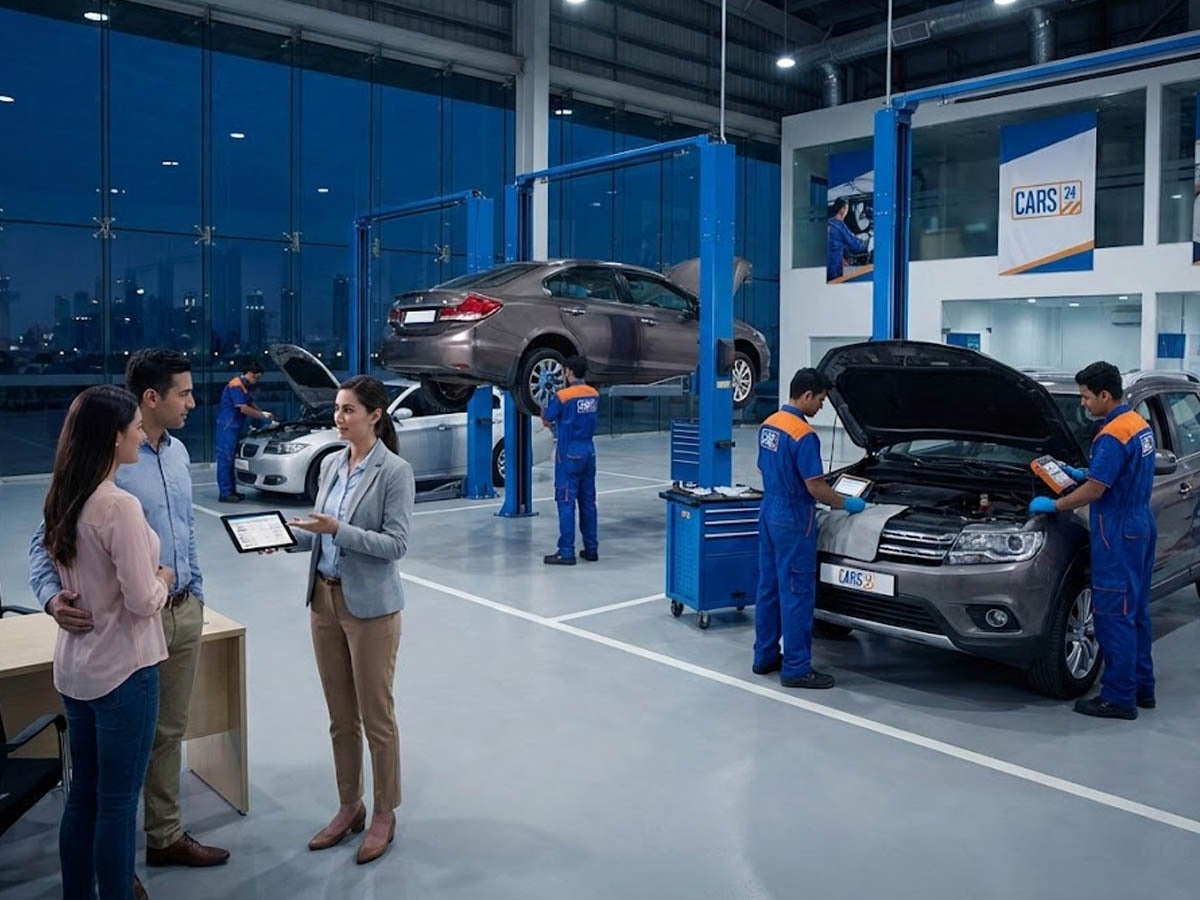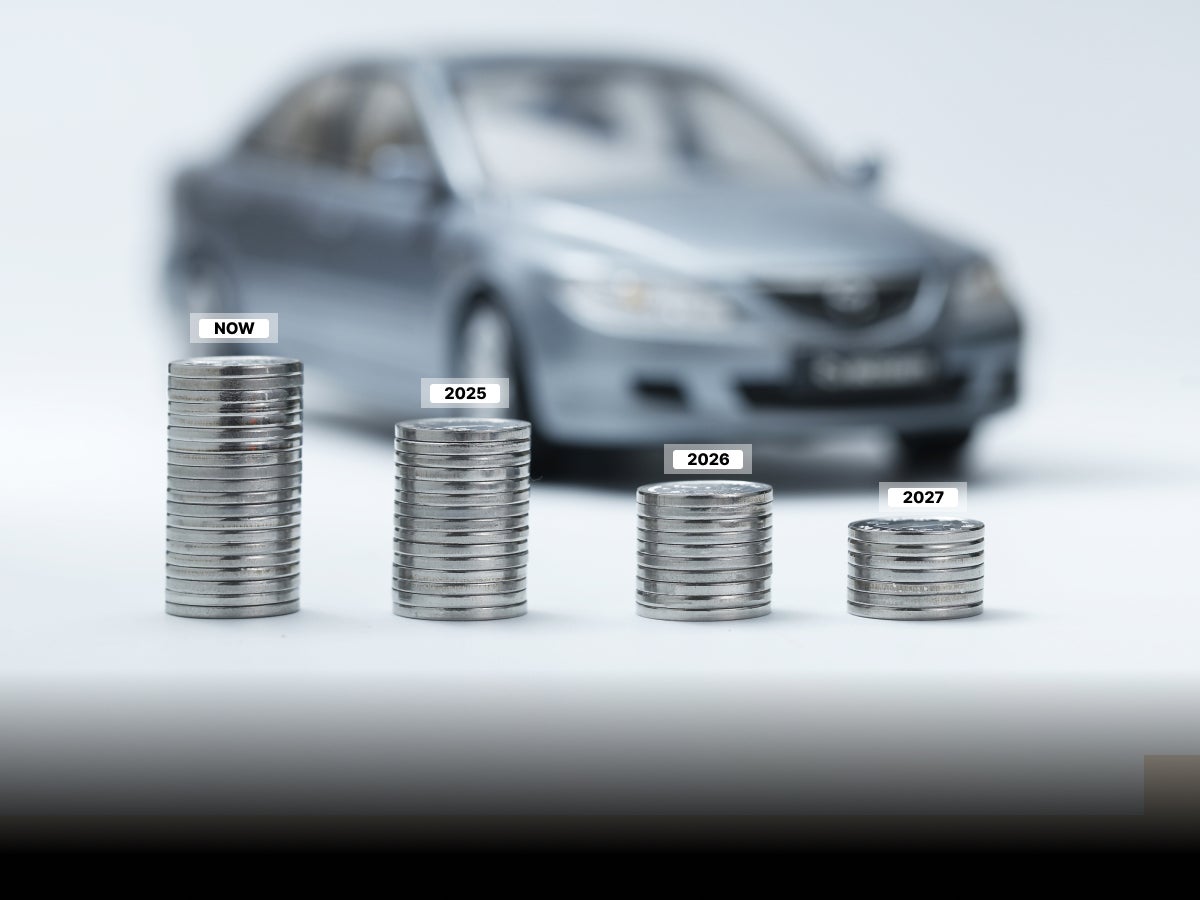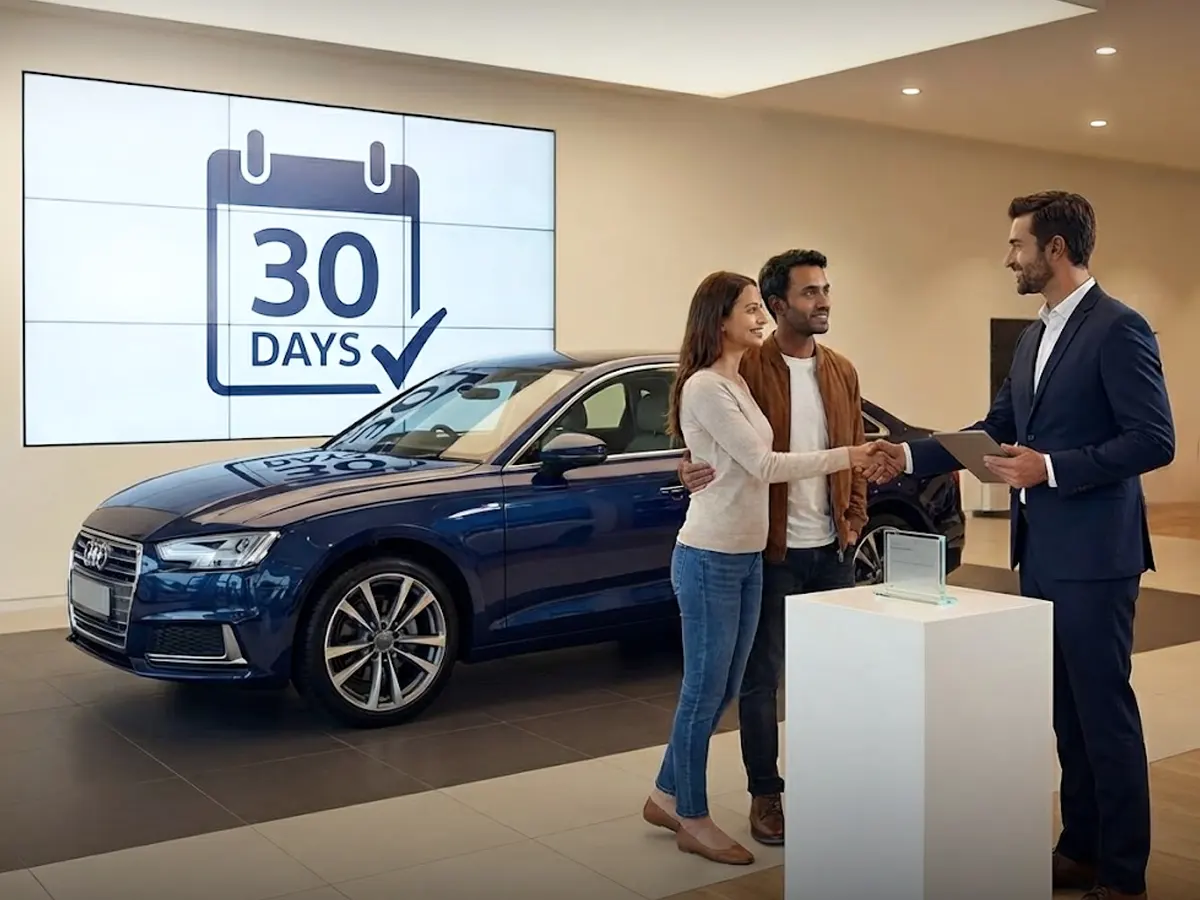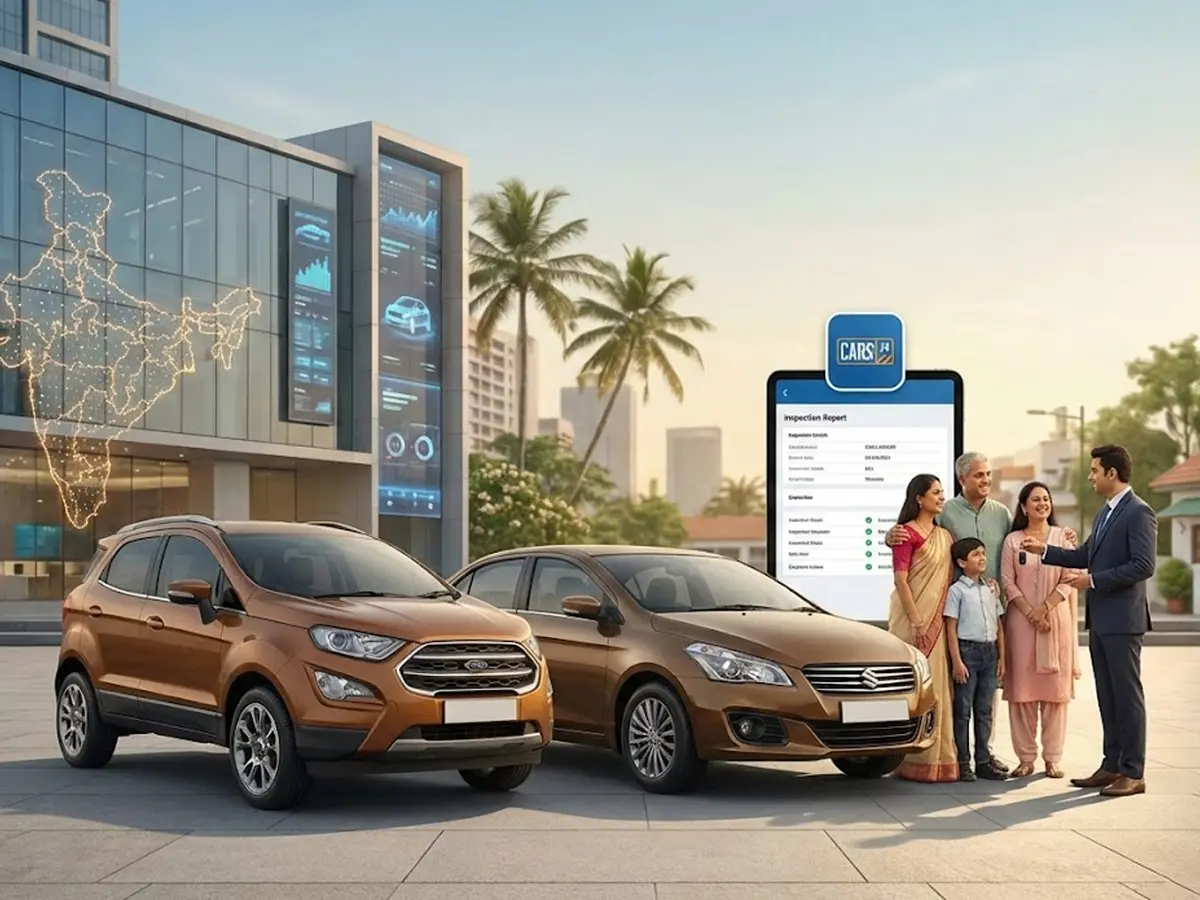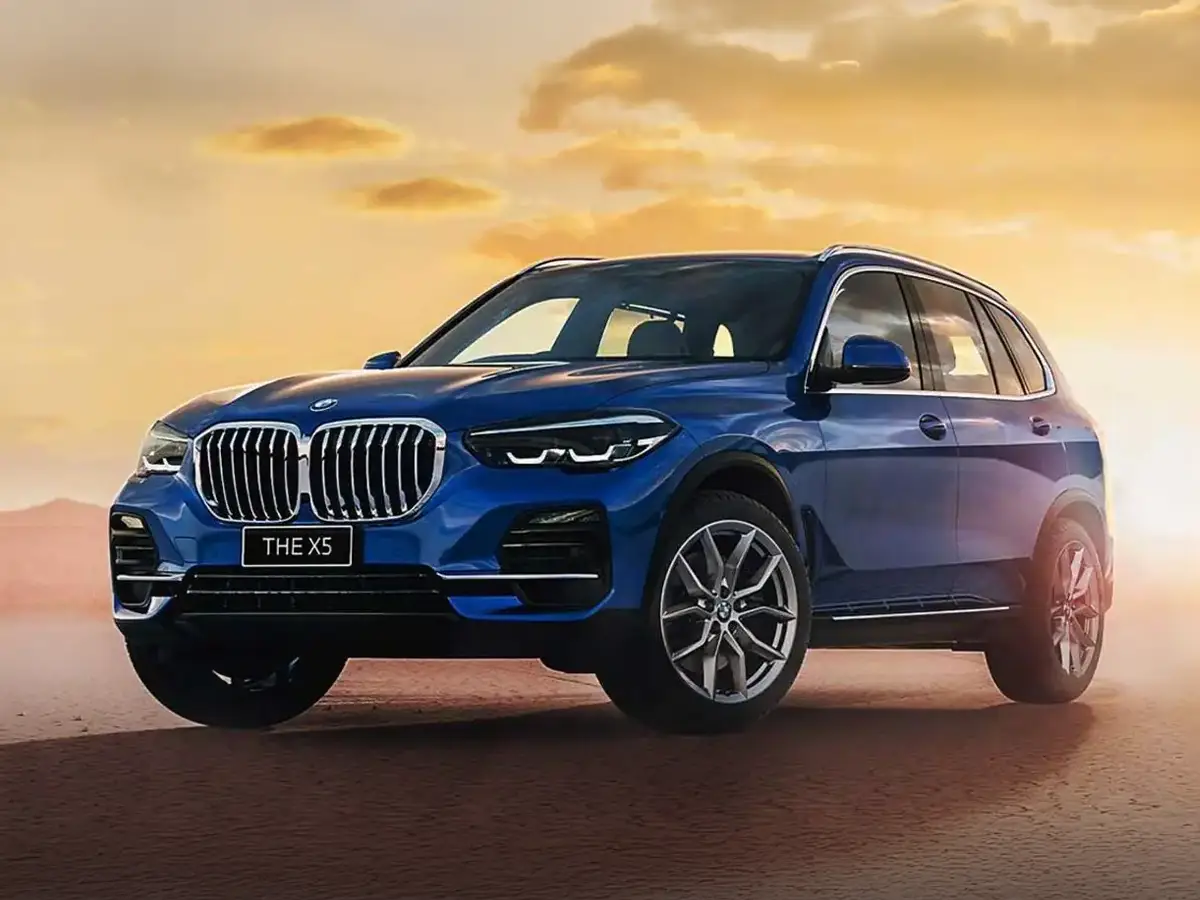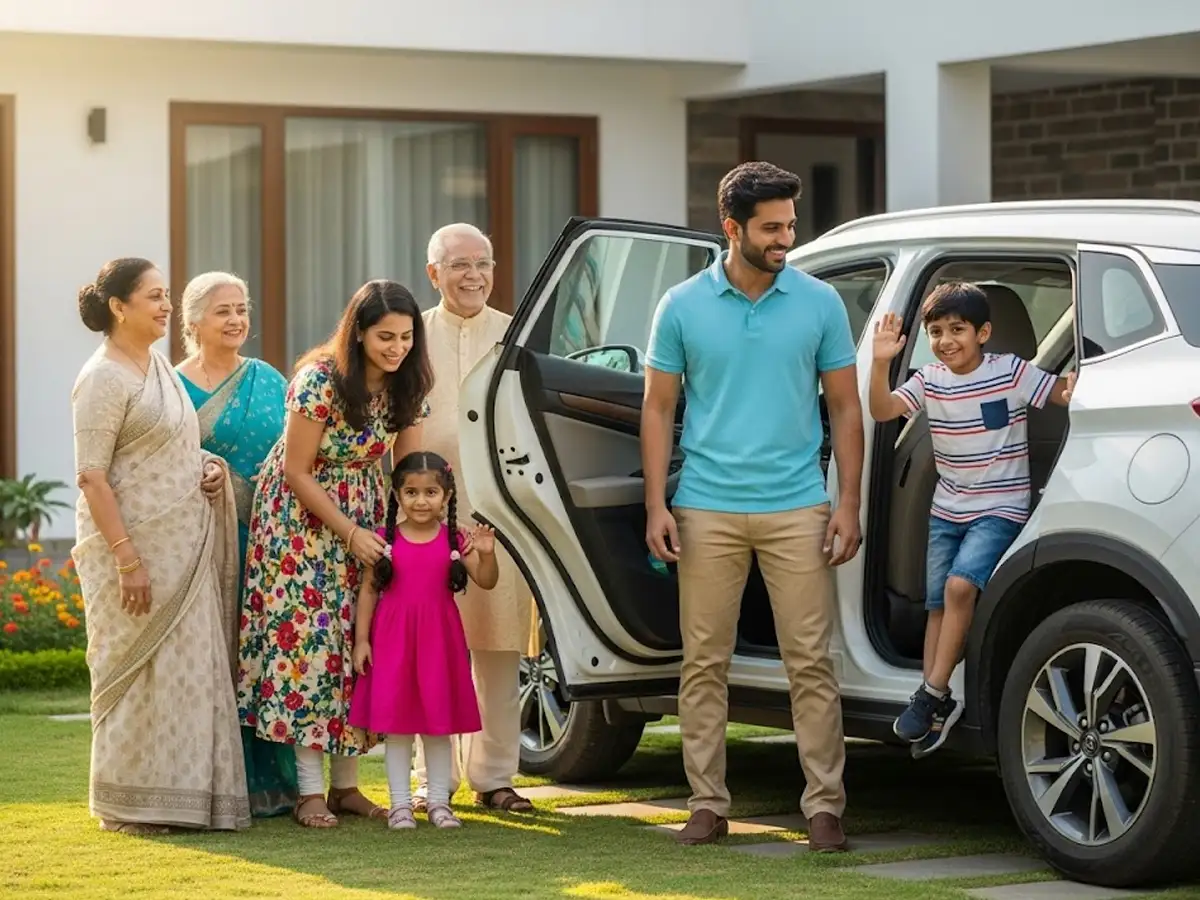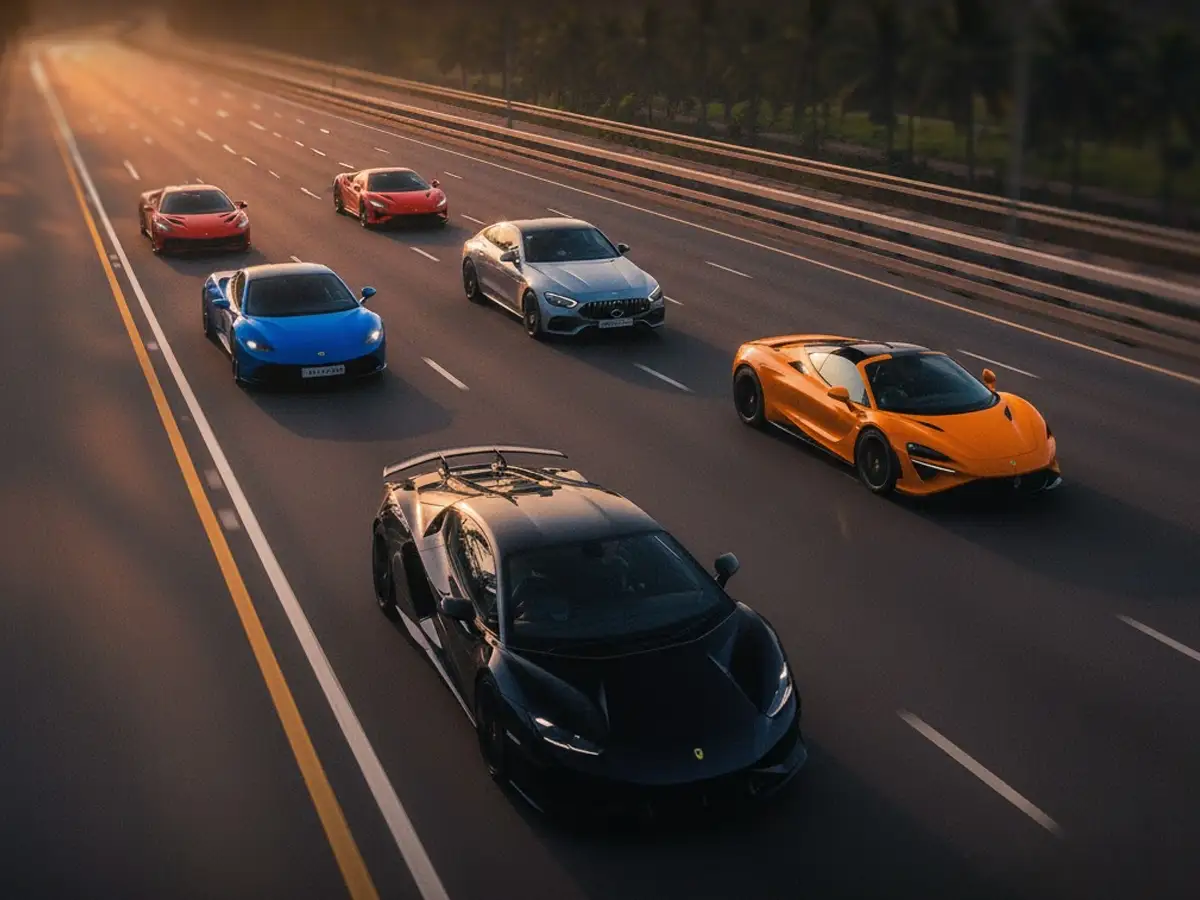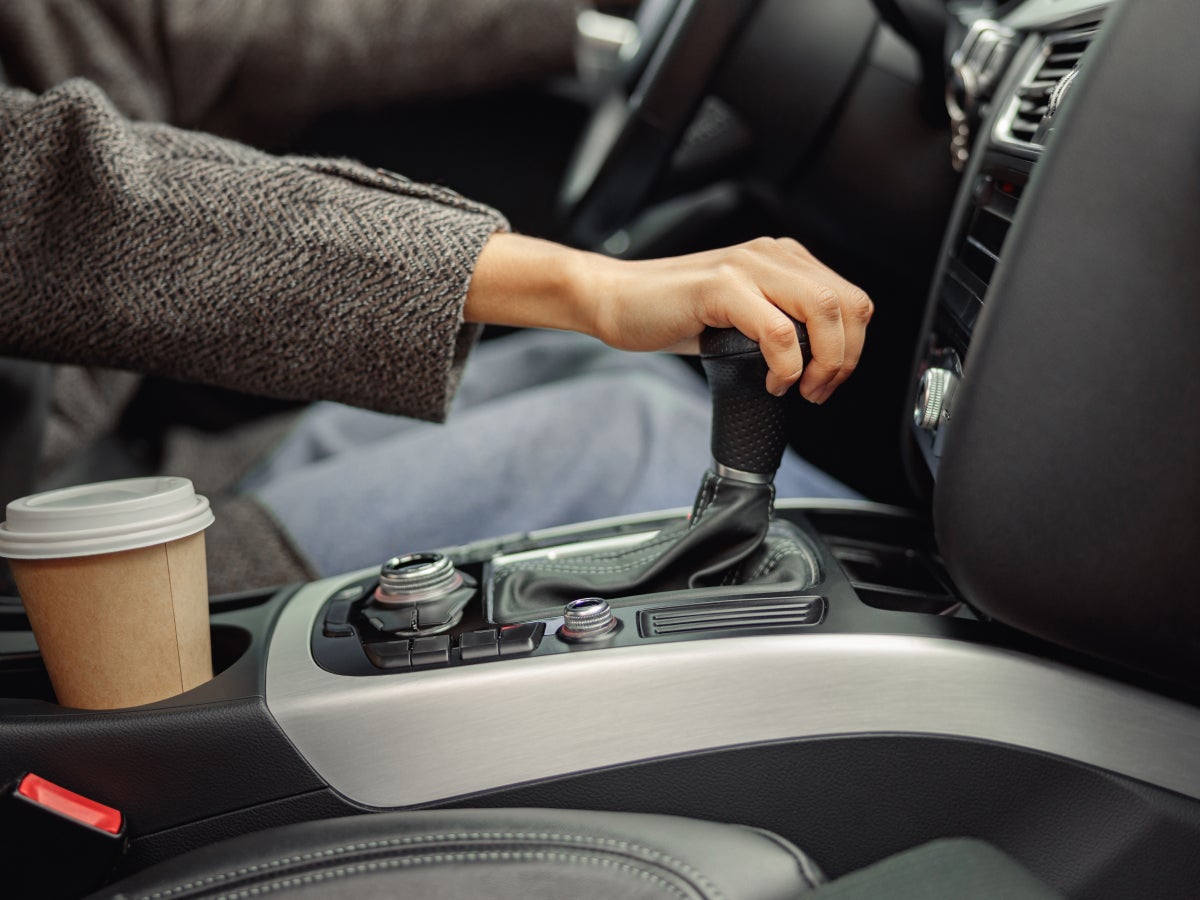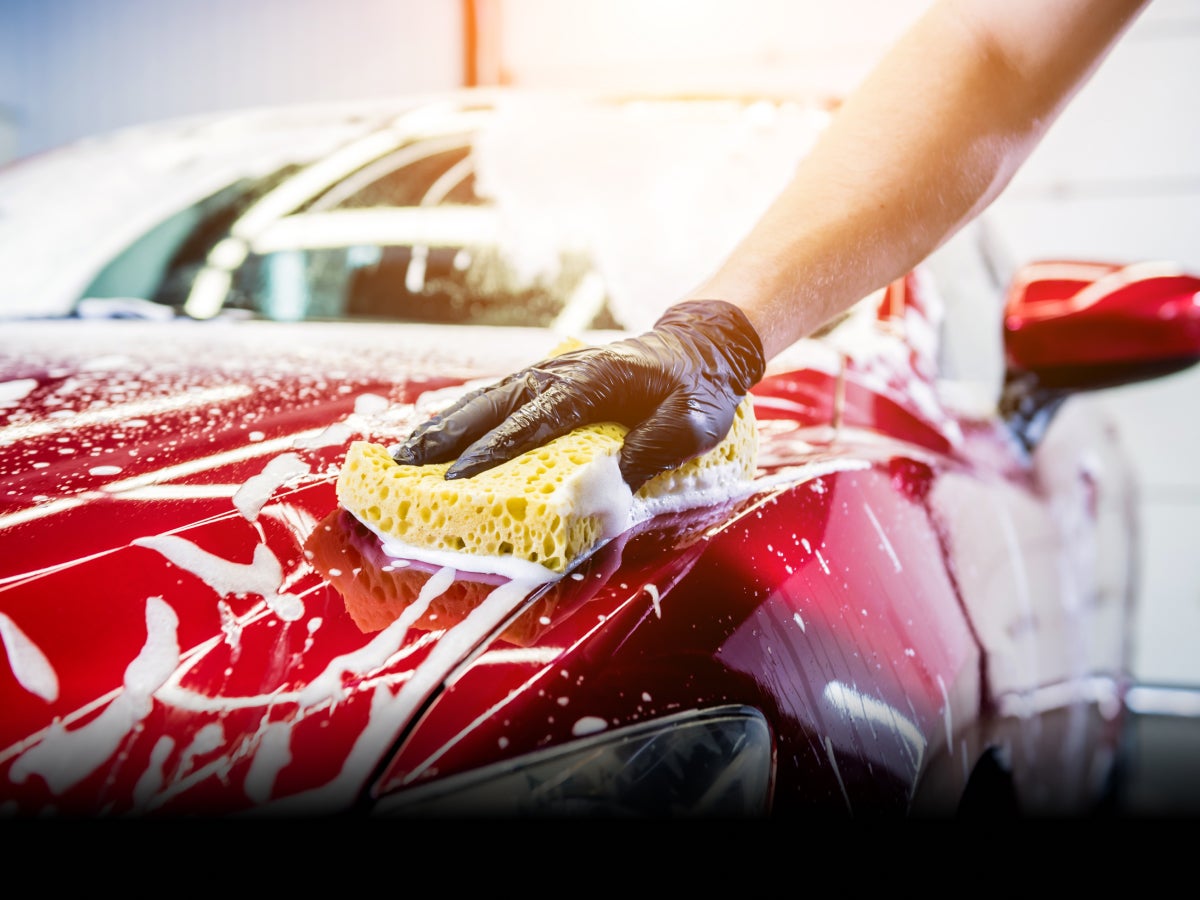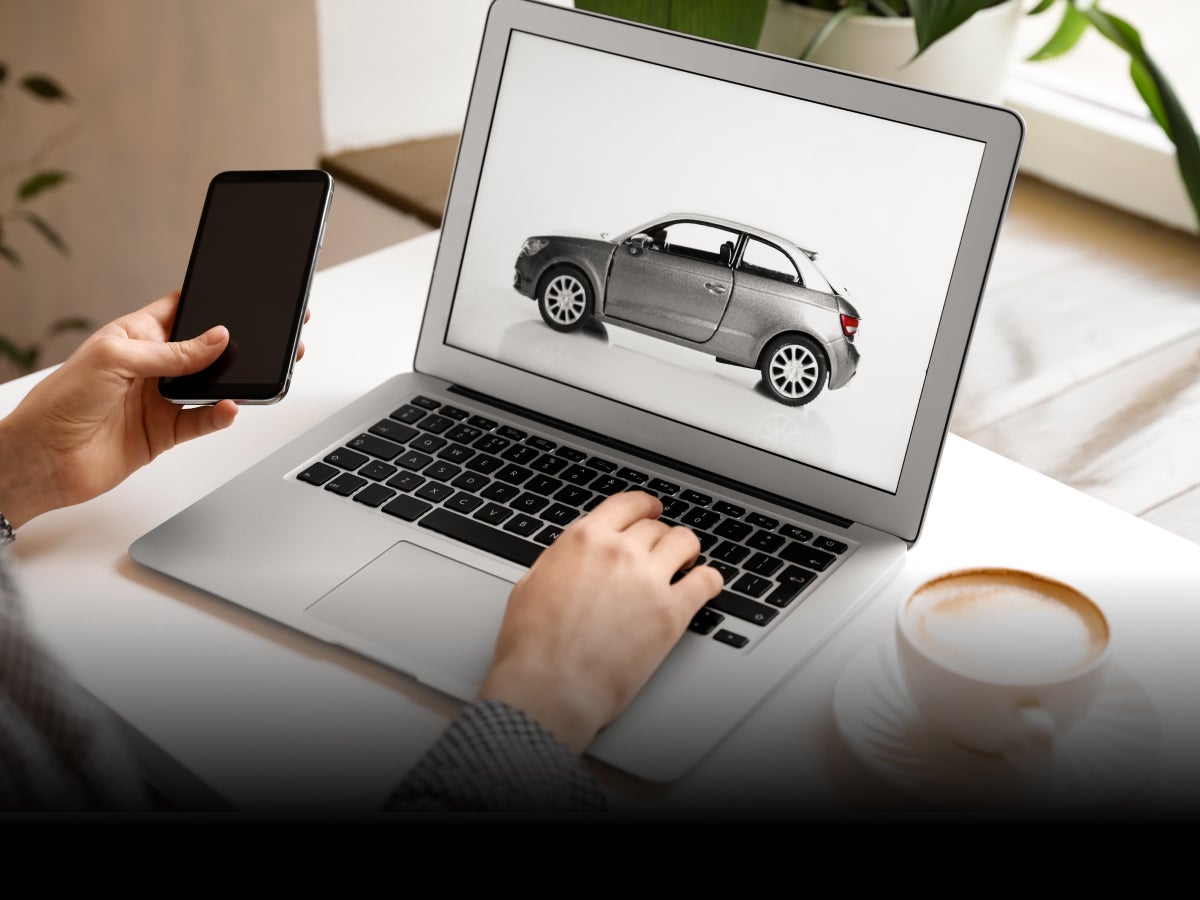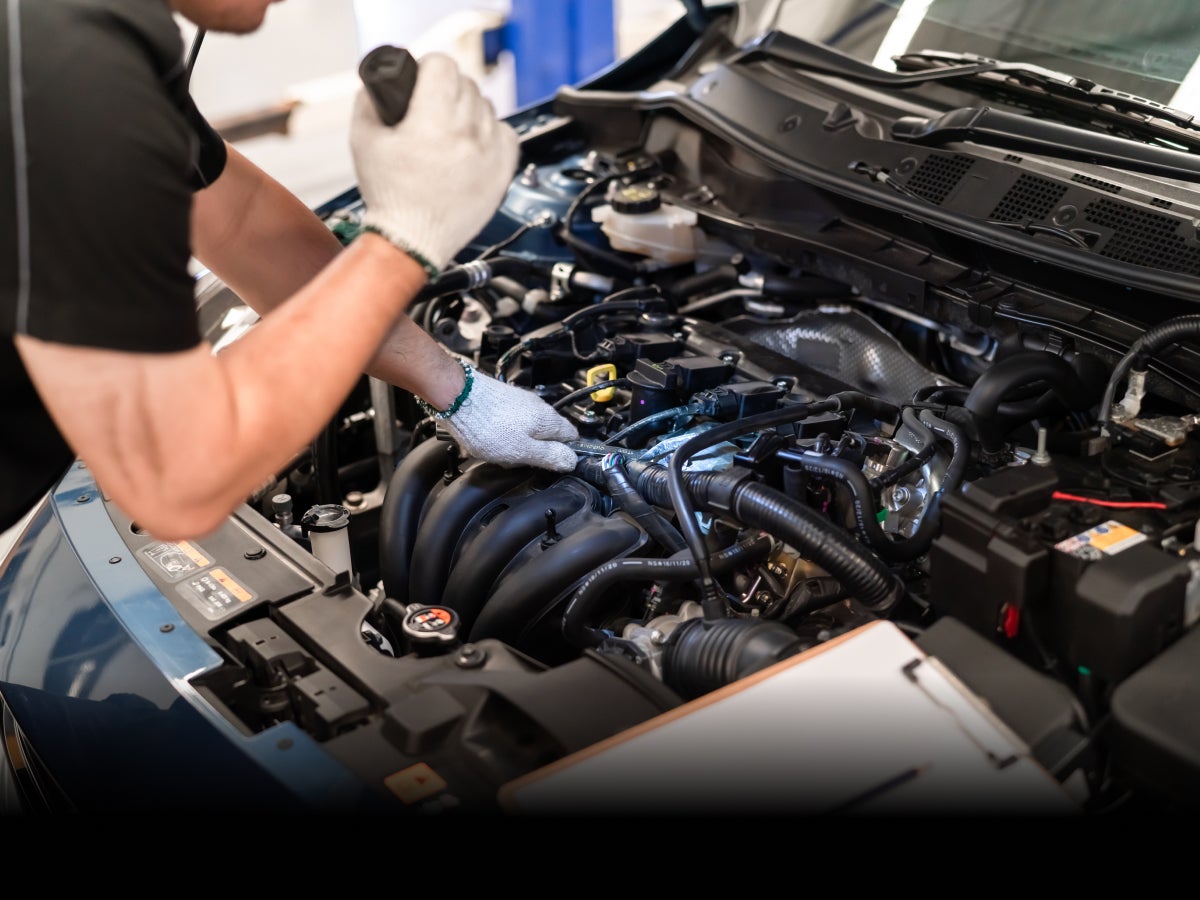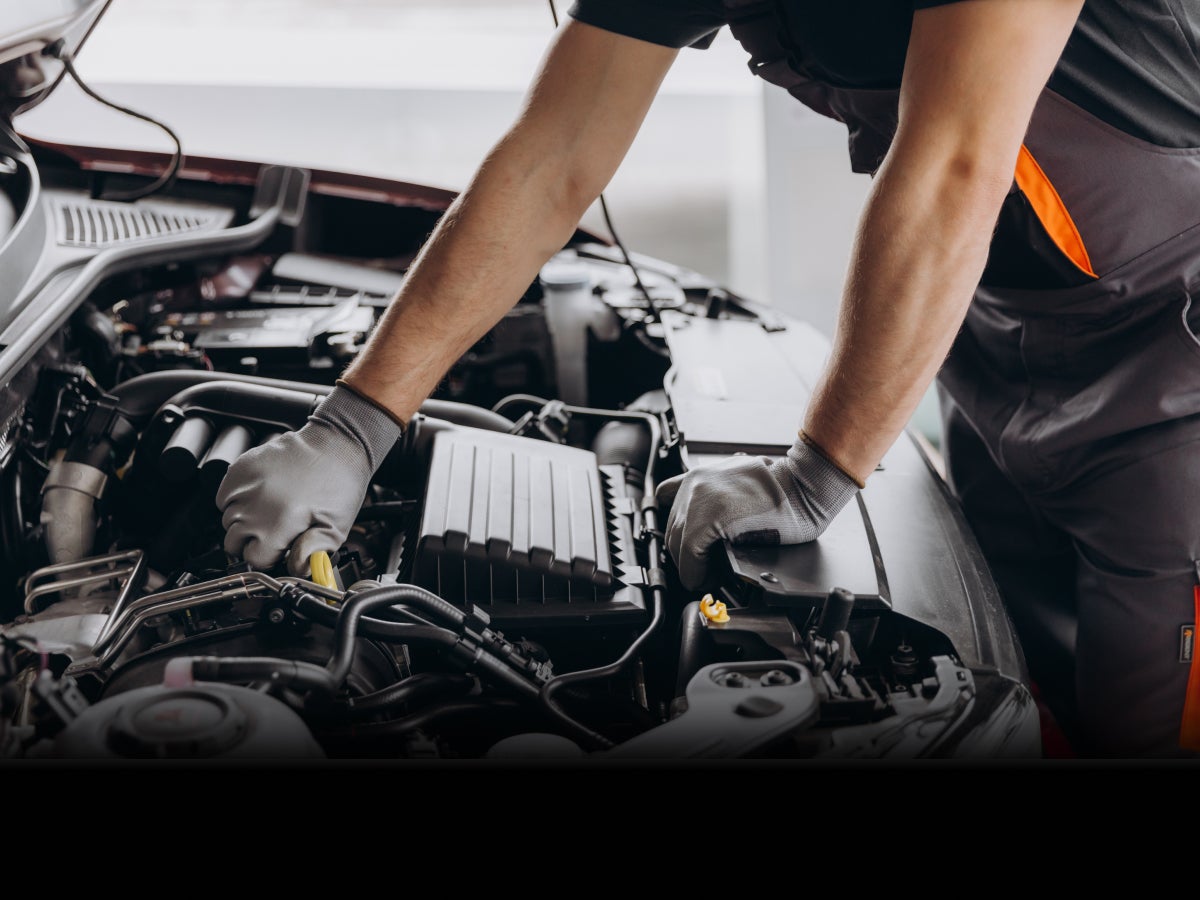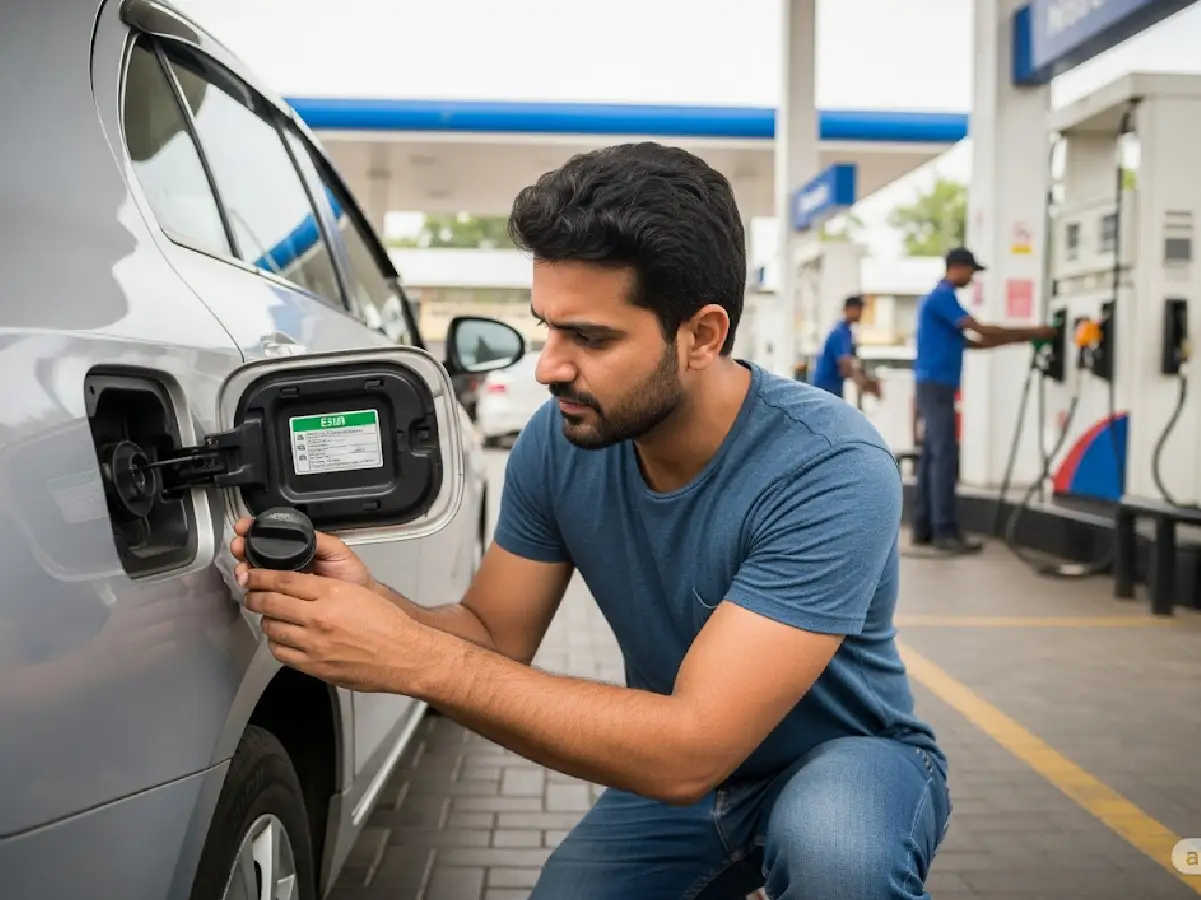

Gearing up for E20 petrol: How to check engine compatibility
- 1E20 petrol is now available across all major fuel pumps in India
- 2Ethanol blended fuel is different from regular petrol
- 3You must know whether or not your car engine can run on E20 petrol
With E20 petrol now available at all major petrol stations in India, you'll likely want to try it out sooner or later. However, since ethanol blended fuel is a bit different from regular petrol, it is crucial for you to know whether or not your car’s engine is capable of smoothly running on E20 petrol. That is why in this article, we will help you figure out whether E20 petrol is right for you, based on your car’s engine capabilities.
Things to know before you start
Before deciding to fill up your car with E20 petrol, it is important to know the basics of ethanol blending. With ethanol added to regular petrol, the oxygen content of petrol is increased, leading to cleaner burning and lower emissions. Moreover, since ethanol also has a higher octane value, E20 petrol can be a good and cheaper substitute for high-octane fuels. But will this truly help you? The only way to know is to check your car’s engine compatibility.
How to check engine compatibility with ethanol blended petrol?
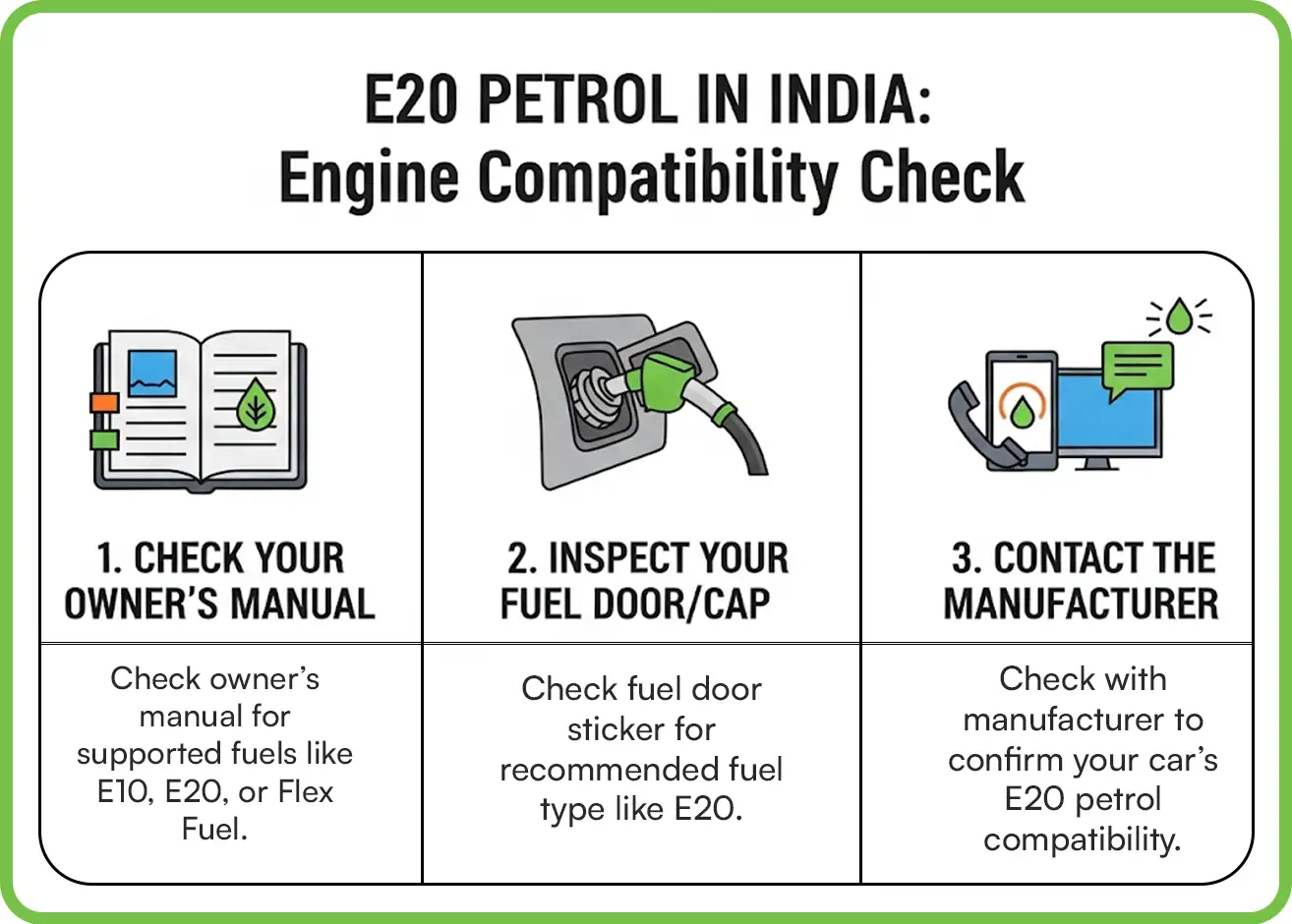
From E10 to E20, India still has a long way to go, when compared to the global history of ethanol blending, where some countries have already started leveraging an 85% ethanol blend. However, before you head out and try it all, it is crucial to know which ethanol blend your car is compliant with. To know your car’s supported petrol blend, you can do the following:
Check your Owner’s Manual
To know your vehicle’s supported fuel type, go through the owner’s manual and thoroughly read the supported fuel section. Make sure to look for words like “Flex Fuel”, “Ethanol Blend”, “E10” or “E20 Petrol” or any warning about using petrol-ethanol blends to have a better understanding of supported fuels.
For example, if you happen to own a Thar Roxx or Mahindra 3XO, the Owner’s manual mentions that the vehicle is supported with commercially available Petrol fuel conforming to BS-VI specification or equivalent and with E20 fuel.
Inspect the Fuel Door
If you think your owner’s manual does not mention supported fuel blends, or if you do not have the owner's manual, check the fuel door of your car for details about the supported fuel types, including E20 petrol. Several vehicles often featured a caution sticker that usually mentions the supported fuel type option. Look for words like “Recommended Fuel” or “E10/E20” for a better understanding.
Contact the Manufacturer
If you are still confused as to whether or not your car supports E20 petrol, then contact your vehicle manufacturer to gain a better understanding of your vehicle’s engine and its supported fuel types, including the E20 petrol option.
For example, as per a press release by Honda India, every Honda car manufactured in India after 1 January 2009 is equipped with E20-compliant materials and can be used with E20 petrol without the need for any part change. The press release also announces that the entire fleet of Honda cars in India is fully E20 petrol-compliant.
The Bottom Line
With India quickly progressing towards achieving global standards of energy security and sustainable biofuel consumption, ethanol blending is surely here to stay. While knowing engine compatibility is the first step in deciding whether or not to adopt E20 petrol, it is equally important to clear all the myths surrounding ethanol blended petrol to truly realise the potential of this global innovation.
Frequently Asked Questions
Expand all